Housing and Communities
An integrated solution for many of the challenges facing NZ today
If we are serious about climate change, stop issuing resource consents for more transport-based development. Eliminate the need to drive.
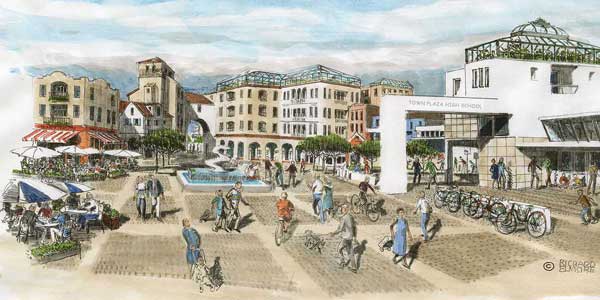
Build MarketTowns
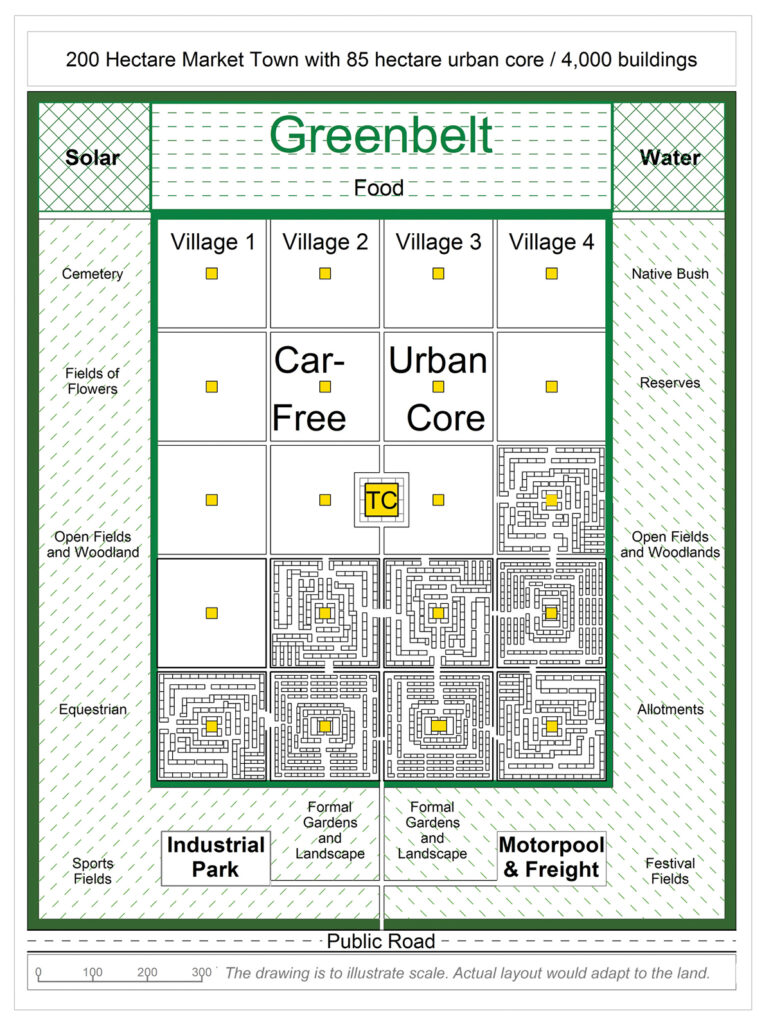
In every era but our own, cities, towns, villages and communities were based on some purpose of living that eludes the designers of our own time. People form communities not for justice, peace, defence or traffic, but for the sake of a good life… the pursuit of conviviality, citizenship and artistic, intellectual & spiritual growth.
The social pursuits of a good life shape how a community is laid out, how people encounter each other, how to balance public and private space, and to avoid design that disrupts. And how to make it affordable for all, ending economic polarisation.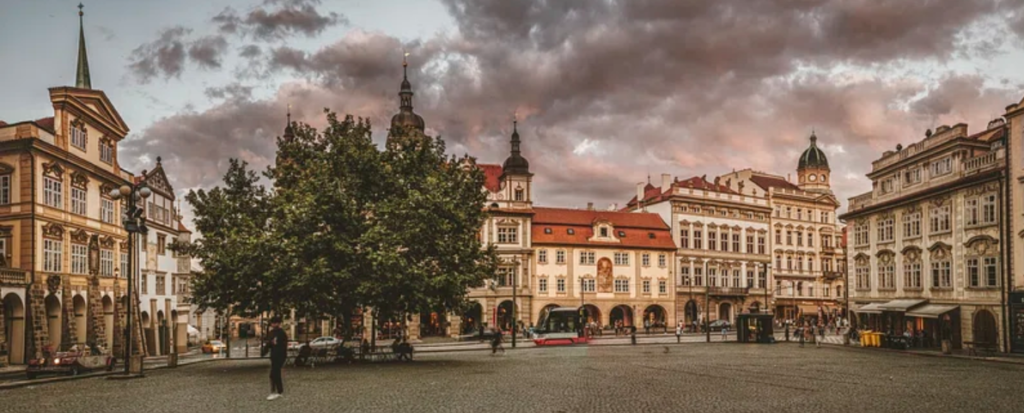
The most important policy the 6th National Government can adopt: Of all the solutions listed on governing.nz, this is the one intended to have the greatest, most wide-ranging positive impact, addressing a host of challenges facing the nation, from environment to economic to social and cultural. It is a positive outcome, not a fix.
What is a Market Town?
A Market Town is an ancient development pattern where the social life is based on a self-supporting local economy. A thousand years ago, the basis was local agriculture. Today, technology has vanquished the tyranny of distance, enabling many to earn a living anywhere there is high-speed broadband. A local economy needs about 20% of its workforce to sell local to global (L2G) using the internet to import outside money that then turns locally 5-20 times before it leaves the local economy. With a critical mass of 10,000 people on 200 hectares total (85 hectare urban core surrounded by the greenbelt) the economy supports over 200 local job types from accountants to zero-waste recyclers. None of these jobs require outbound commuting; it eliminates about 8,000 cars on the road.
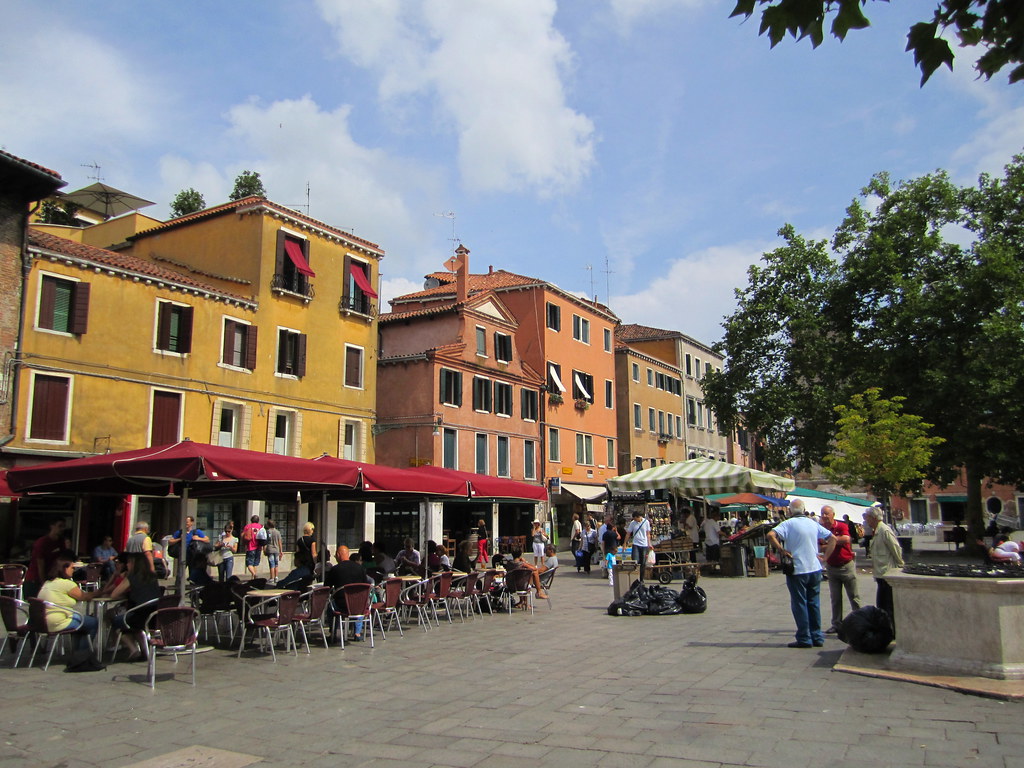
To get a feel for it, visit the preindustrial car-free towns of Old Europe. They are human-scaled, needing less land while providing a much more vibrant quality of life. The urban core is surrounded by a greenbelt to eliminate cross-boundary conflicts (the neighbours see only trees) and provide open space for local food, harvested rainwater storage, onsite wastewater processing, off-grid solar array, as well as sports and festival fields, a walk-to blue-collar industrial park and a motor-pool/freight depot to ensure the urban core remains car-free.
Until 2020, it was not realistically possible to build a Market Town in NZ. The number of approving agencies created insurmountable obstacles to new forms of development outside the transport-based development framework of almost every district plan in the nation. Seeking to put all under one roof, under the 5th National Government, then Building, Construction, Housing and Environment Minister Nick Smith sponsored the Urban Development Bill that became law in 2020. The 6th Labour government narrowed the focus of the Act to developing state housing, but the needed legislation is on the books. Now with the 6th National Government taking control, no change in law is needed. All that is required is a change of focus by government to instruct the ministry to sponsor the first Market Town as a matter of national interest.
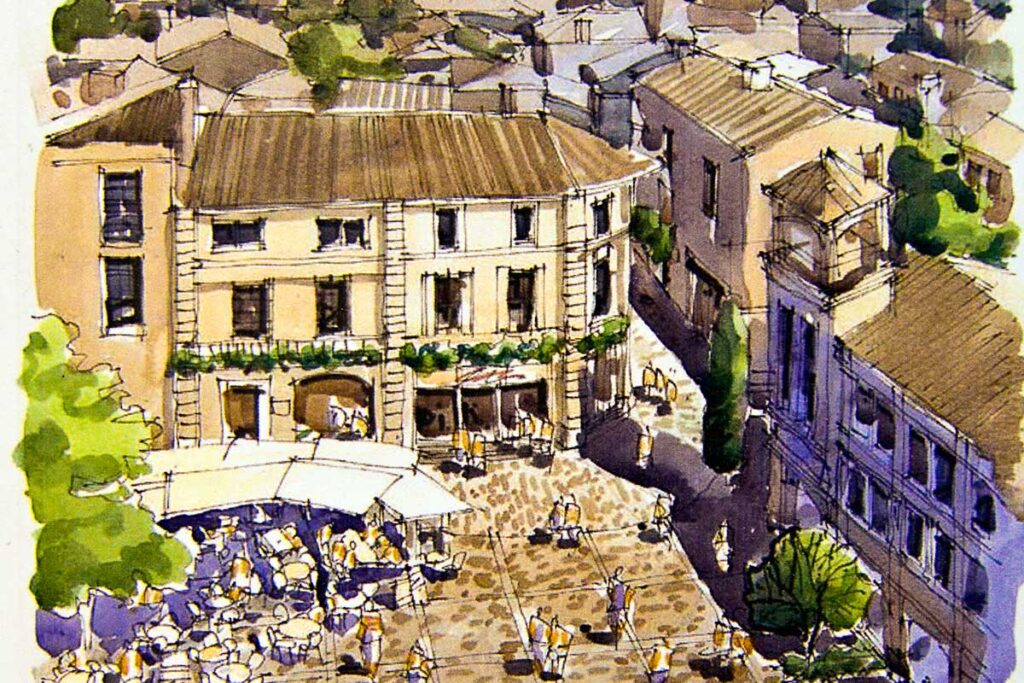
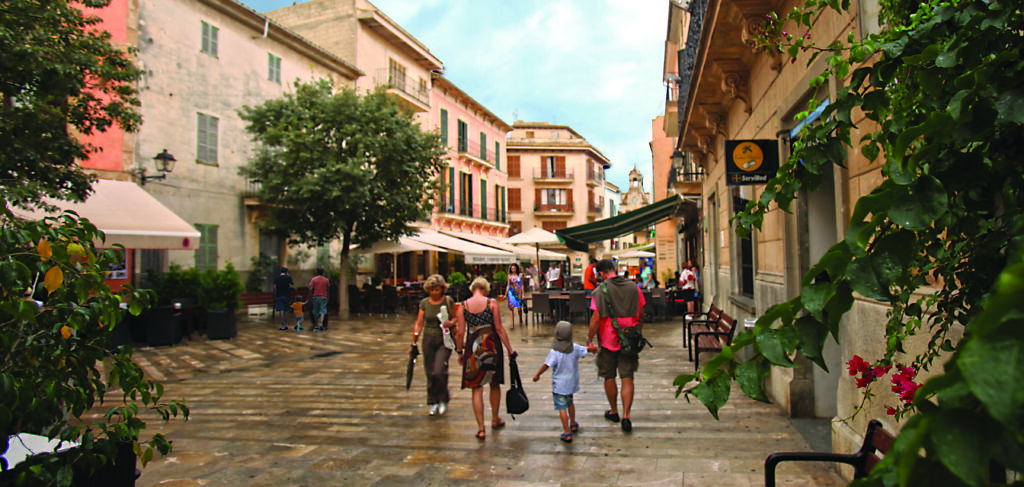
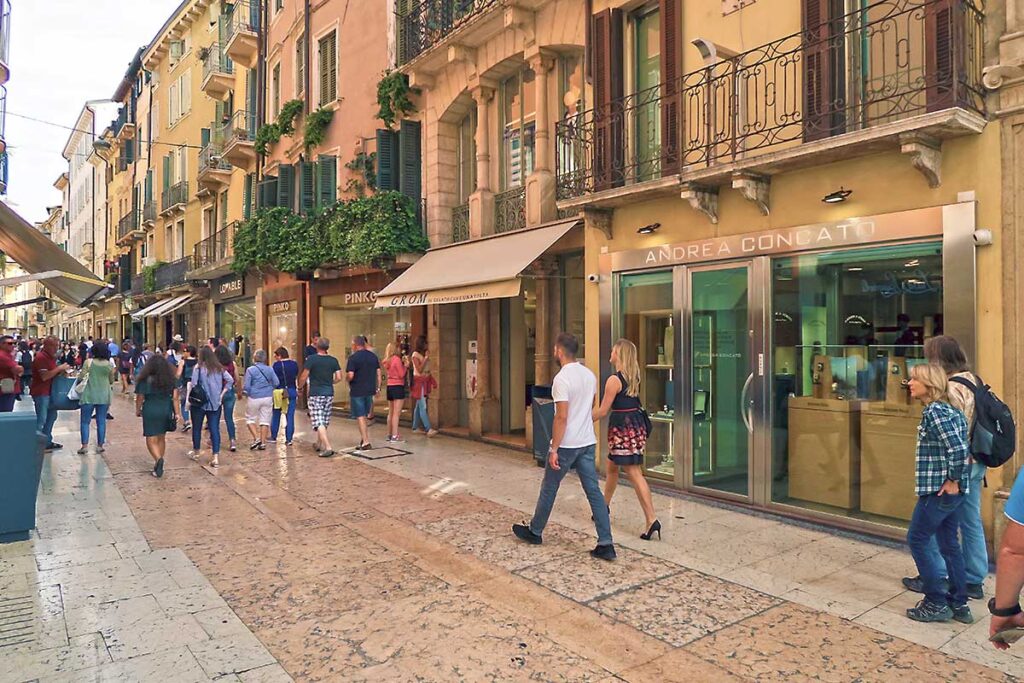
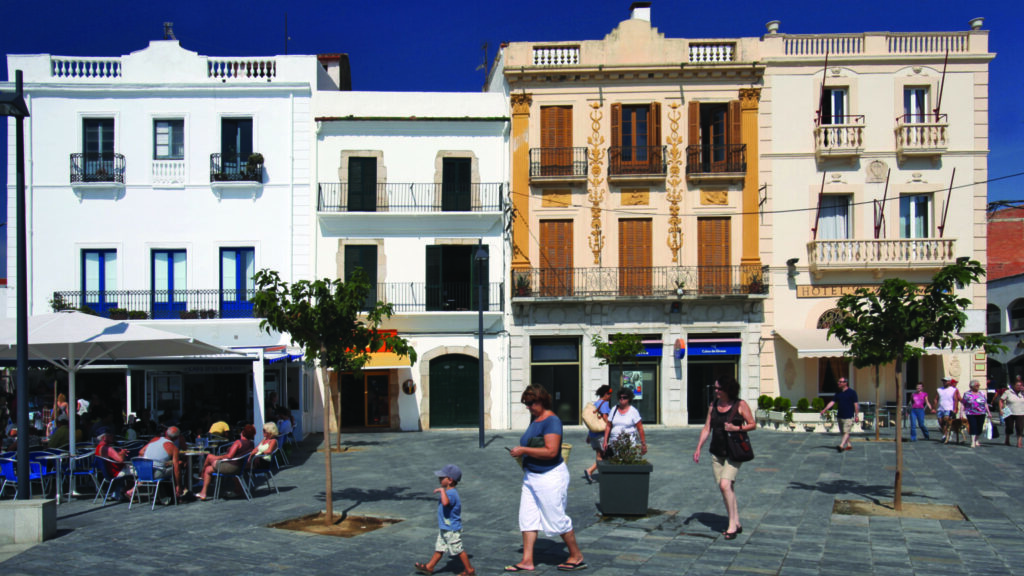
Characteristics of a Market Town
Details: The 21st century Market Town is a self contained local economy, thus it does not need extended three-waters pipes or widening roads. Its basic qualities include:
- About 200 hectares of relatively flat, poor-quality greenfield land near a 2-lane road
- Within 85 hectare urban core for about 4,000 3-floor attached townhouses – 10,000 people
- Urban core divided into clusters (villages) of about 200 homes / 500 people each
- Each village has a central plaza that becomes the community living room with development funded:
- Daycare and primary school classrooms on the village plaza
- Eldercare facilities for the infirm so they never have to leave their friends and family
- Artist Guild Hall that supports about 25 members of the creative class to enrich the community
- Village-owned cafe to provide affordable, nutritious, flavourful meals as a means of social bonding
- Playground space by the cafe so parents can relax and converse while watching their children
- Wharetapu to provide sacred space for celebration of rites of passage, sanctuary and contemplation
- Surrounded by a 115 hectare greenbelt to prevent cross-boundary conflicts and site:
- Motorpool for all motor vehicles, freight delivery and linkages – no cars in the urban core
- Instead of 200 courier deliveries, three tractor trailer trucks deliver all goods once a day
- Walk-to industrial park providing blue collar, clean-tech jobs and local manufacturing
- Freshwater storage and processing – 100% rainwater harvesting from the urban core
- Wastewater processing as a surplus resource with zero waste: biofuel, fertiliser and purified water output
- Storm and filtered grey water storage for lower-quality water needs
- Solar array and vanadium battery storage to provide 100% off grid energy supply
- Sports and festival fields, garden allotments, protected native bush and productive growing
- Surrounded by a native flora/fauna protection fence to keep out invasive species
- Boundary between urban core and greenbelt includes a wall to keep pets out of the greenbelt
- No less than 20% of the jobs/businesses sell local-to-global (L2G) to import money into the local economy
- The majority of jobs/businesses are Local to Local (L2L) to facilitate a money turn of 5X to 20X
- 20% of the housing is parallel market to ensure permanent affordable housing and block gentrification
- 99% of buildings manufactured in an on-site, pop-up factory; keep price below $1,500/m2 including land
- A complete, not elite community, intended to reflect national demographics, welcoming all but criminals
- Using companies law, an elected body owned by the people that manages all local affairs
- All internal costs self funded. Minimal burden on state services. , takes care of its own
- The town builds its own public school classrooms, no capital burden on the Ministry of Education
- Such towns inherent have a low tolerance for crime, less burden on Police, Courts or Prisons
- Eldercare is internally funded and operated, reducing the state burden of an ageing population
- The local economy is structured to keep all able persons employed, with stand-by jobs when needed
- The project requires seed funding, but this is repaid with interest. No burden on taxpayers
- Ideal setting for attracting high-skill migrants as it offers a high quality of life with low cost of living
- From the host council perspective, the town is a profit centre – generating more in rates than it costs
- No need to widen the roads because the vehicle movement per day per household (VMD) is below one
- No need to dig up roads or expand water or wastewater plants because all waters are managed within
- The town funds & builds its own libraries, parks, halls, sports & festival fields, open to the general public
- In order to prevent skyrocketing house values, once the prototype is proven, keep building new towns.